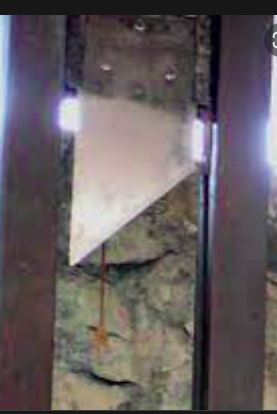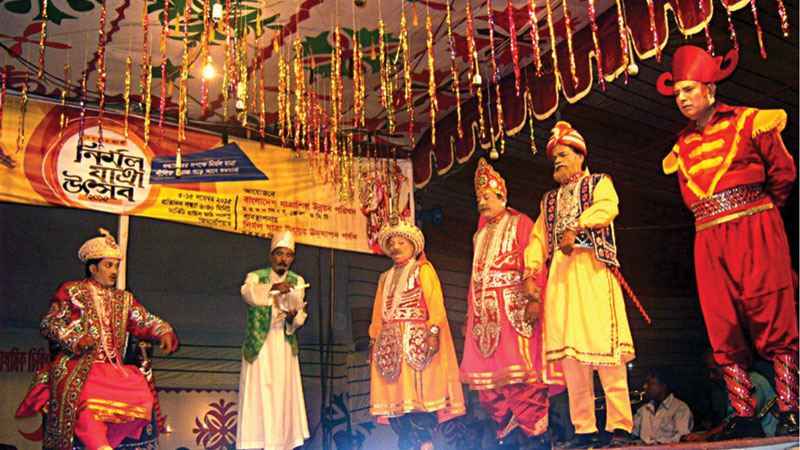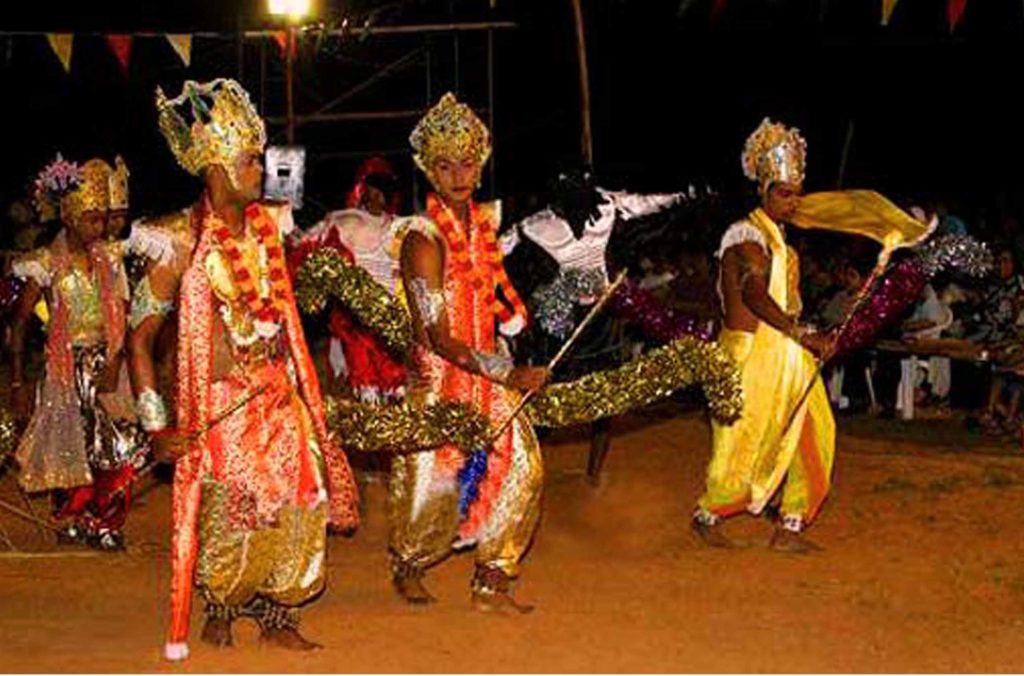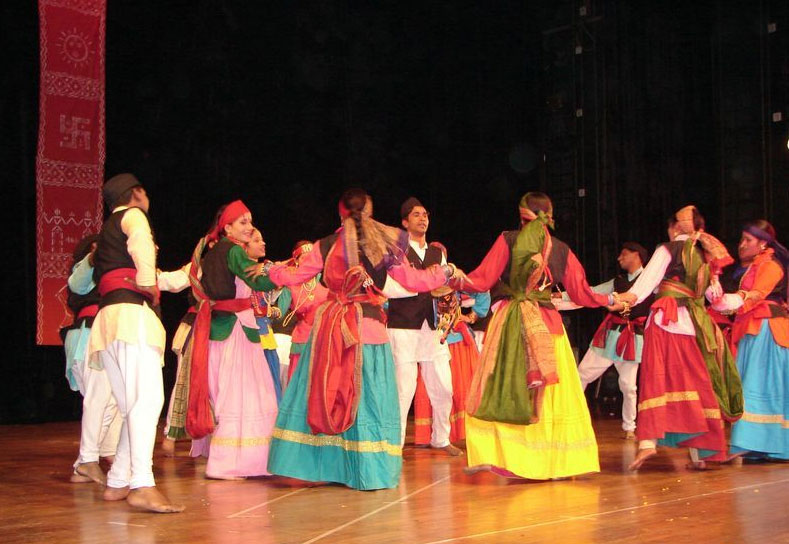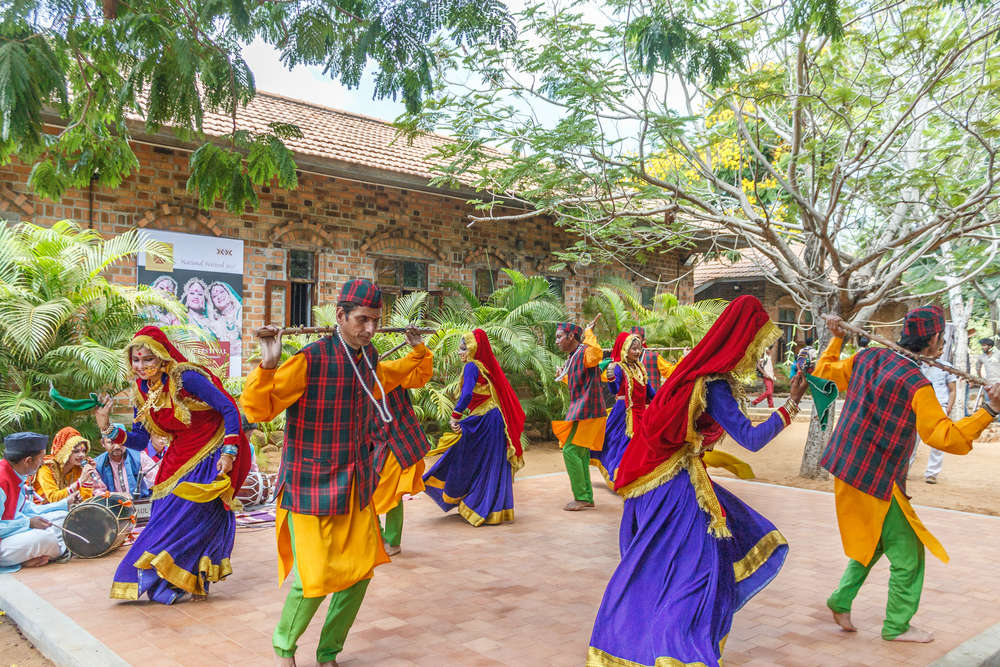Manohar Khushalani’s Team Building Exercises
This Exercise I use often in my theatre classes, but in smaller groups. Working with a large group provides a very exciting possibility, for me. The idea is to sensitize participants to their own vocal potential. To experiment with variations and nuances in sound. Participants learn to listen not only to each other but also to sounds in the environment within and without the space they are in. Results vary, it can create a catharsis in some cases, but a very powerful bonding in all cases. We start the interactive exercise by asking people to lie on the carpeted floor together in alternate circles with heads together or feet together. Those who cannot lie can sit on chairs in circles facing each other or with their backs to each other .
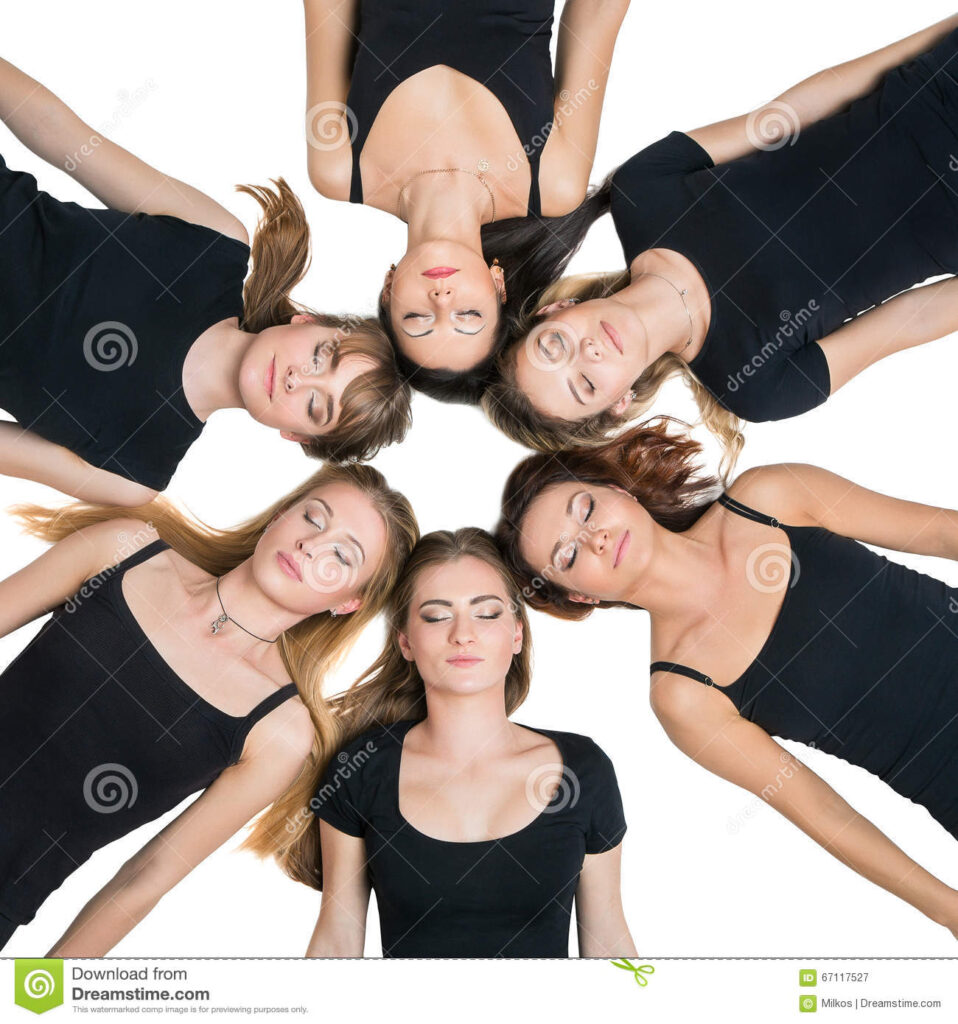
While representative images have been chosen to illustrate this complex interactive game., you can watch the video of the entire exercise shot by my dear friend Stuti Samanvay during one of my workshops with my students. The relevant links on TheStageBuzz Youtube channel are cited at the bottom. You can also watch the student feedback videos on the same channel
Please Subscribe to TheStagebuzzChannel to see many such training videos on Theatre and Cinema by clicking on the link below
https://youtube.com/user/TheStageBuzz?sub_confirmation=1

Everyone is asked softly by the conductor to relax. In fact he gives them auto suggestion to relax each part of their body muscle by muscle and joint by joint, helping them to lose awareness of their bodies. When they are fully relaxed and kind of mesmerized, they are asked to listen to sounds within the hall. Some special sounds are created by volunteers. Example: tearing a piece of paper. Flapping of cloth. Shaking a Keychain. There will be many ambient sounds they will be expected to recall later

In the next step they are asked to listen to sounds outside the room. Those can be ambient sounds or sounds created in the corridors outside. Participants will be able to listen exclusively to external sounds without listening to sounds inside the room.
A very subtle beat is created, very softly, with recorded sound of some percussion instrument(s)
Now in any one circle one participant starts a vocal abstract sound. The participant next to him adds with his own sound. One by one everyone in the circle adds his own vocal bit. Until they all create their own vocal band. The same exercise is repeated in all circles.

There is a gradual build up in the hall as every circle resonates with each other’s sounds. They are asked to see to it that what they create should not be noise. They should listen to each other within the circle and without the circle. The percussion sound played on the speaker system provides a reference beat for all groups

In some circles, people who are feeling more active can all sit up in their respective positions maintaining their orchestral vocal compositions.
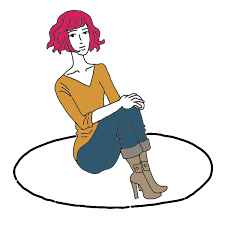
People who were sitting in chairs can get up move either in circle shoulder to shoulder or walk in circles.
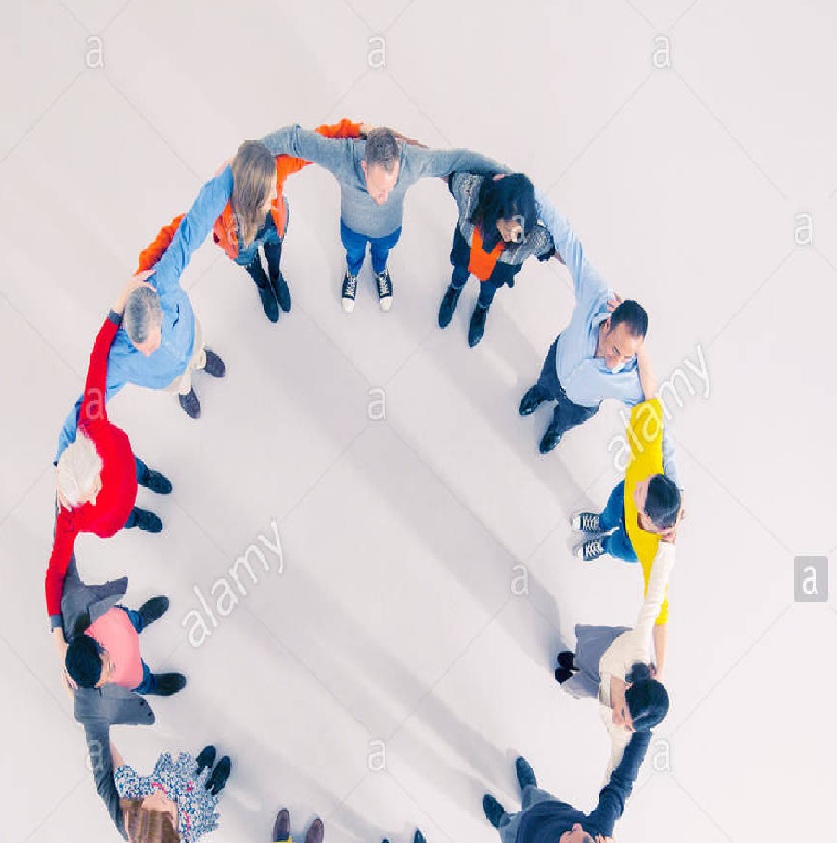

Everything can end in an euphoric crescendo or in a soft sublime end. The climax will depend on the collective choice of mood. At the end if the participants feel upto it, they can share their experiences. Which from my past experience can be very positive.
By now you must be very excited to see the actual workshop conducted by Prof. Manohar Khushalani. Please watch the film of the actual workshop and listen to participants feedback here:
